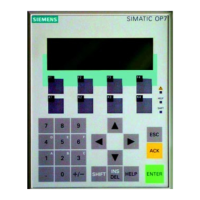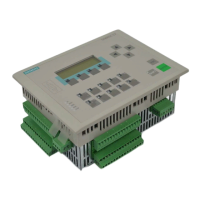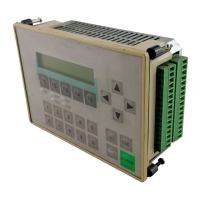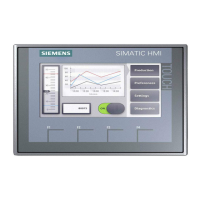5-24
Batch
flexible
, Manual
C79000-G7076-C650-02
5.3.5 Exception handling
Exception handling is necessary in these cases:
1. Following an uncontrolled shutdown of batch control (a crash or similar)
2. Following a crash or cessation of functioning in the environment in which
batch control is running (OS data manager, Windows, OS client
computer)
3. Following a crash of the OS server which has the connection with the
PLC
4. When contact with the OS server has been interrupted,
In these cases it is possible to start batch control on the same OS computer (if
it was only batch control which crashed) or on any other OS client or server
in which batch control is installed. The current batches and their statuses are
read and, based on this, the batches further executed.
Here for all batches in progress
– the batch data (minimally: the control recipe of the batch)
– the current status of the batch
– the statuses of the recipe objects (AFs and transitions)
are kept centrally in a BATCH database on a particular identified computer.
These data must however be held redundantly so as to be able to cover all of
the problem situations listed above. This can be done by using a redundant
database.
Once batch control has started the user can be returned to an existing item via
the menu item ’Batch / Return ’. The following actions occur:
1. The server in which the requisite data are held is selected should
automatic detection not be possible
2. The batch data, batch state and the statuses of the automation functions
and transitions are loaded
3. The current batch, AF and transition states will be set (including the
visualization components the batch status list, operator window and
recipe window)
4. The parameters in the OS DM required for the new batch control are
re-reported (parameter registrations by old batch control instances which
crashed cannot be deleted here).
5. Batch control is continued in the normal way.
Exception
handling
Resuming after a
crash or similar
Batch control

